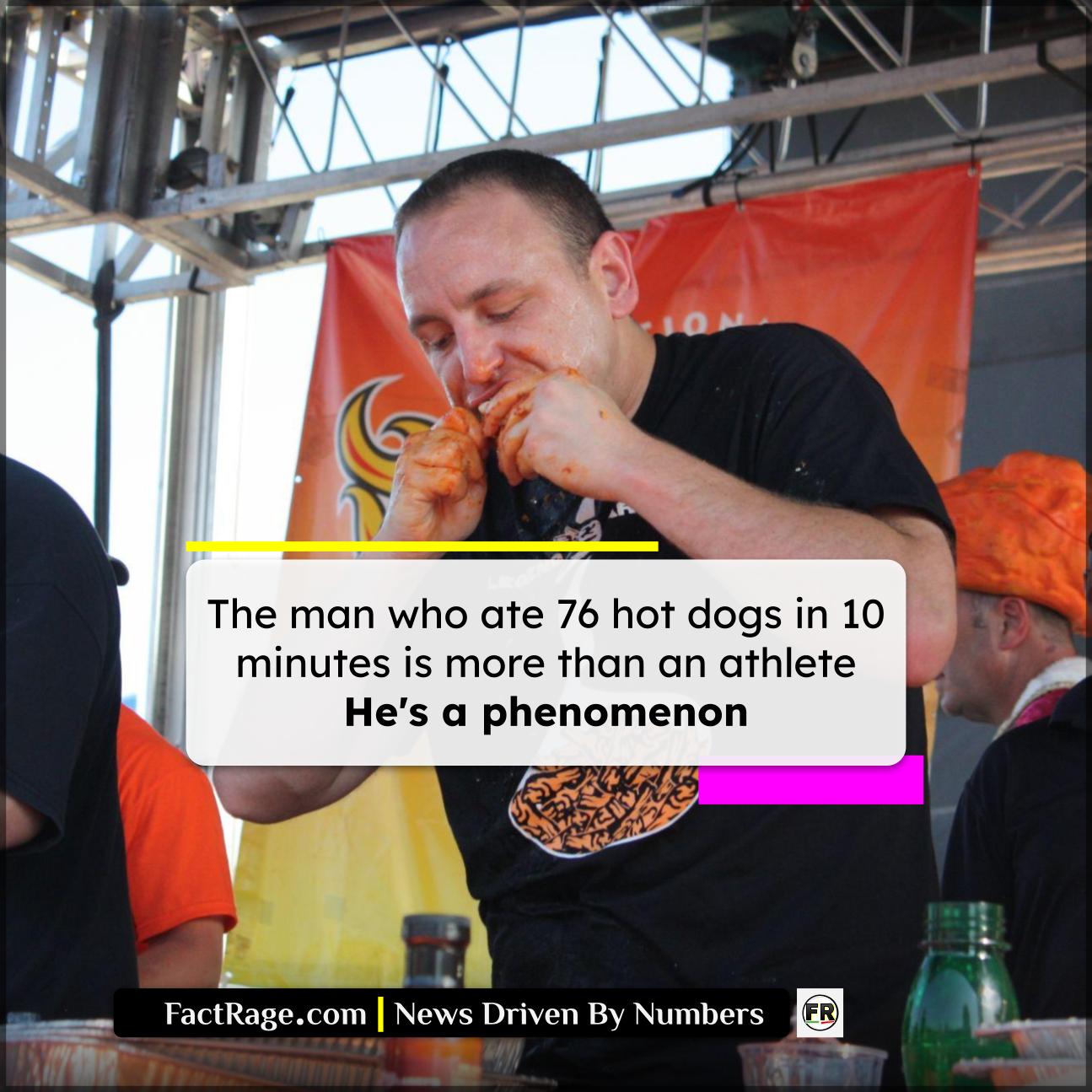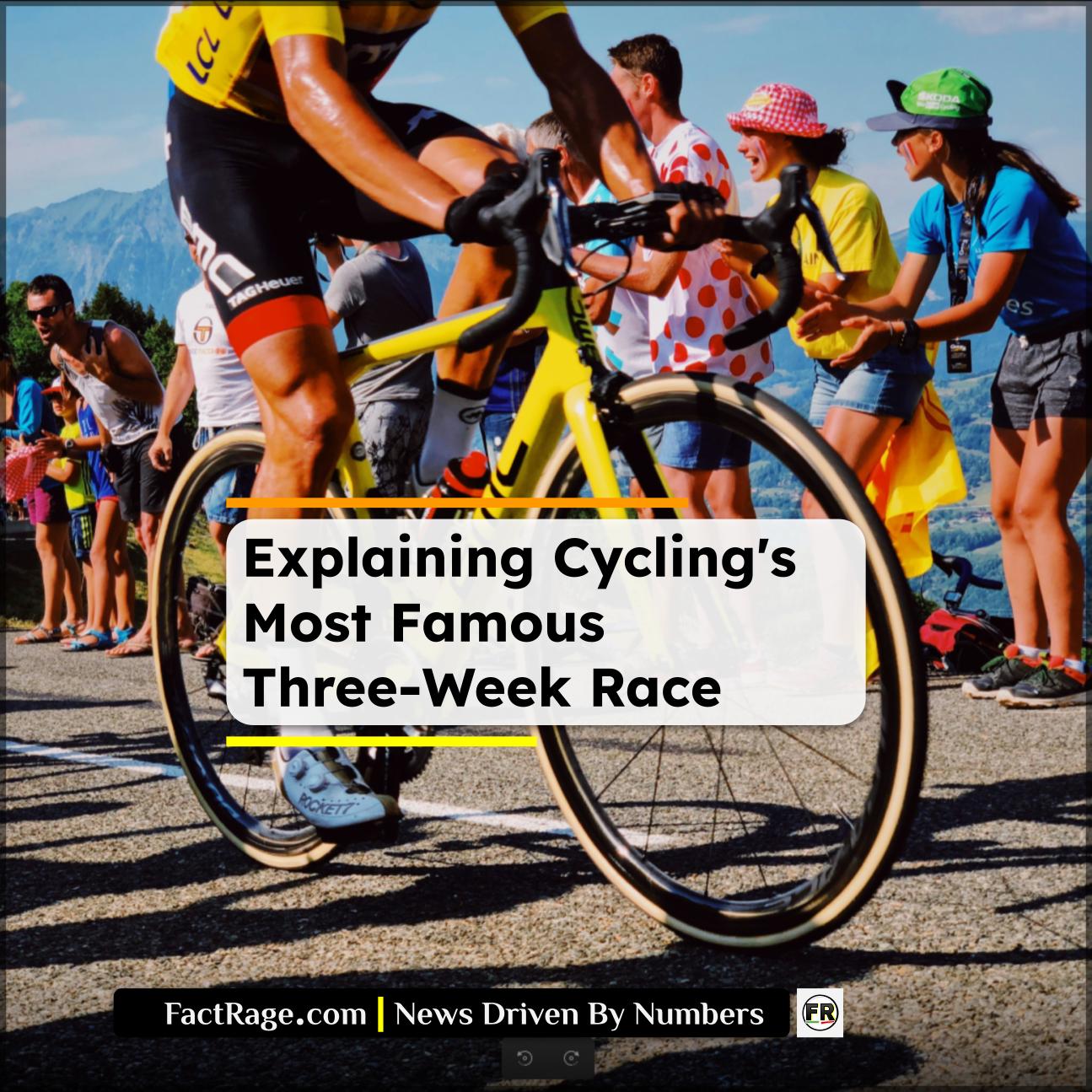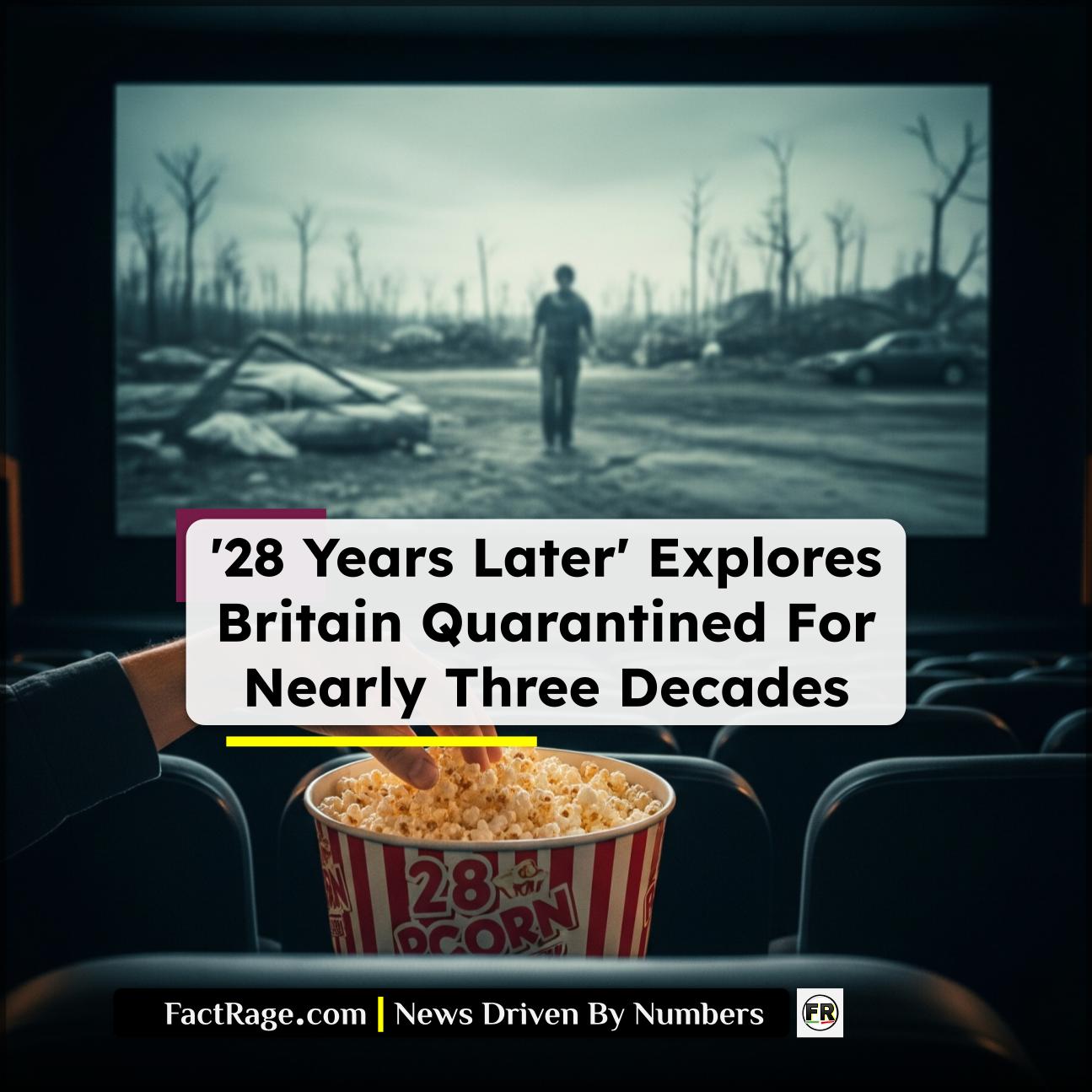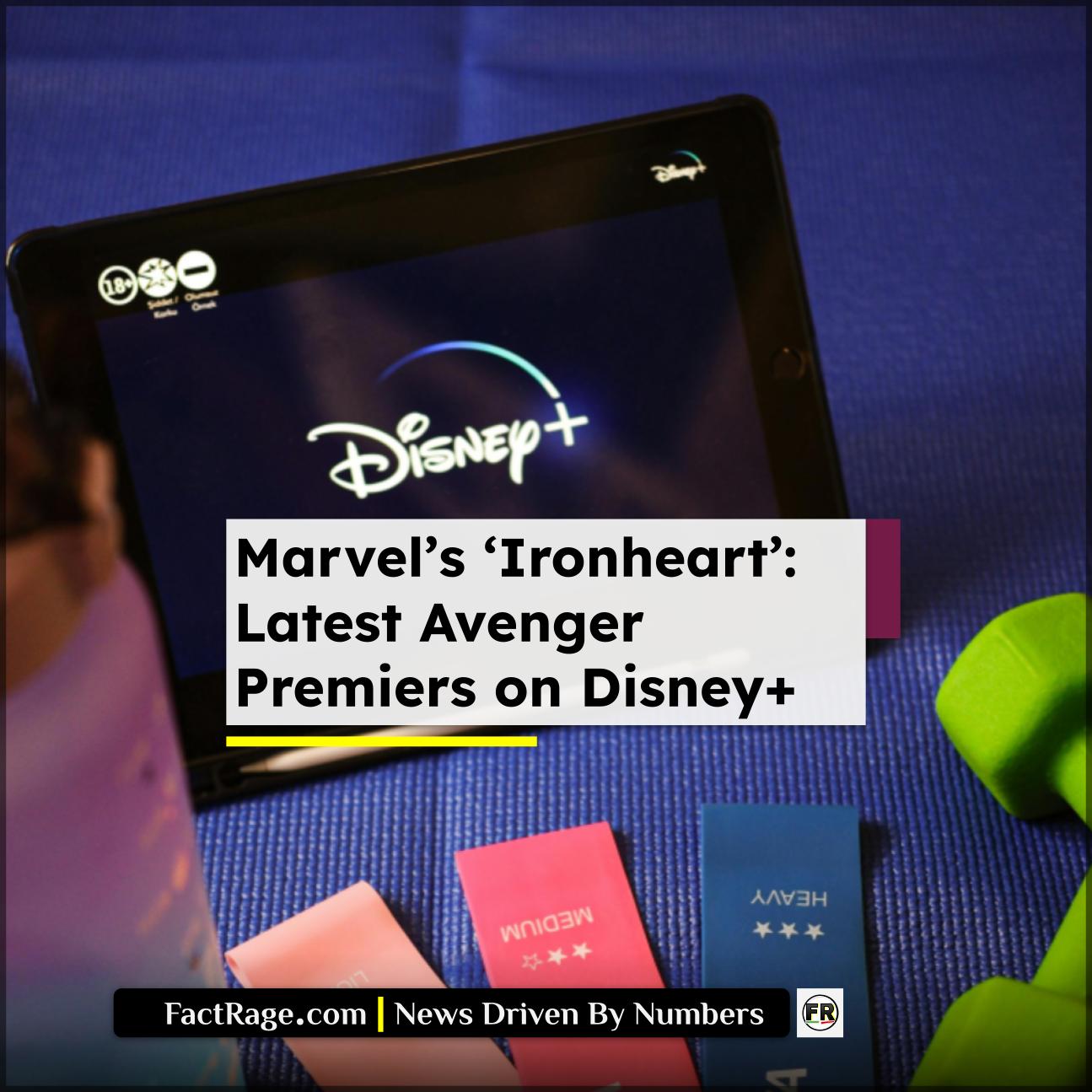NEW YORK, NY – Sixteen-time champion Joey Chestnut will not compete in this year’s Nathan’s Famous Fourth of July Hot Dog Eating Contest, a stunning development that has put a spotlight on the intense business and physical demands of a niche sport.
- A Contentious Split – Major League Eating barred Chestnut from the 2024 contest after he signed a sponsorship deal with Impossible Foods, a rival plant-based brand, citing brand exclusivity rules.
- Unprecedented Dominance – Chestnut holds the world record of 76 hot dogs and buns consumed in 10 minutes, set in 2021. He has won the “Mustard Belt” 16 times, including the last eight consecutive contests.
- A Grueling Discipline – Elite competitive eaters undergo rigorous physical and mental training, including stomach elasticity exercises, jaw conditioning, and disciplined fasting and recovery cycles.
The recent corporate dispute has pulled back the curtain on a spectacle often viewed as simple holiday fun, revealing a world of intense discipline, high-stakes endorsements, and the unique physiology of a professional eater. For many, the name Joey Chestnut is synonymous with American tradition, but the man behind the records is the product of a grueling and highly specialized regimen.
What Caused the End of an Era at Coney Island?
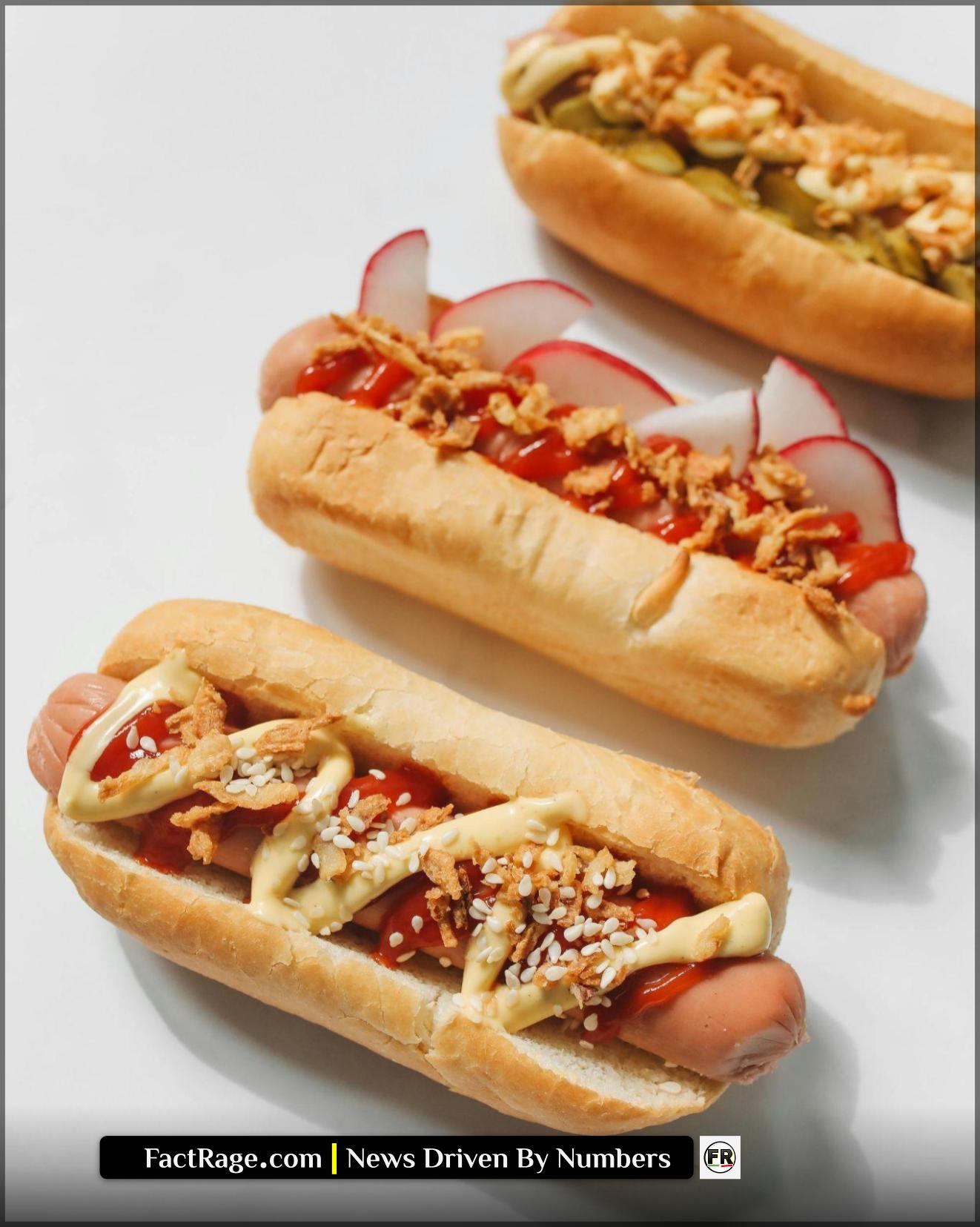
The rift between the sport’s biggest star and its most iconic event came down to business. Major League Eating (MLE), the governing body for professional eating contests, announced that Chestnut was ineligible for the contest hosted by Nathan’s Famous, Inc. due to a new partnership. Chestnut reportedly signed a deal with Impossible Foods, which produces a competing plant-based hot dog.
In a statement, MLE said it was “devastated” but that it operates under “basic principles of sports sponsorship,” including exclusivity clauses that prevent athletes from representing rival brands. Chestnut, who does not have a standing contract with MLE or Nathan’s, expressed his disappointment on social media, stating he was “gutted to learn from the media that after 19 years I’m banned.” The decision effectively sidelines the man who has defined the sport for a generation, raising questions about the future of the event and the professionalization of this unusual athletic endeavor.
What Does It Take to Eat 76 Hot Dogs?
Behind the 10 minutes of frantic, televised action is a year-round commitment to conditioning the body for an extreme task. The primary physical challenge is not hunger, but capacity and endurance. Competitive eaters work to increase their stomach’s elasticity, allowing it to expand far beyond its normal size without triggering the gag reflex or feelings of satiety. This is often achieved through controlled and rapid consumption of large volumes of water or low-calorie foods in training.
The process is a calculated physical science. Eaters must perfect a rhythm of eating and drinking—known as the “Solomon Method”—to make the hot dogs and buns slide down more easily. They perform jaw-strengthening exercises to combat muscle fatigue and practice breathing techniques to maximize efficiency and prevent choking.
This extreme physical stress is managed with a lifestyle that resembles that of any other professional athlete. Eaters often maintain a lean physique to allow for maximum stomach expansion and engage in recovery protocols that include fasting and carefully managed rehydration to reset their bodies after the shock of a competition.
A Cultural Spectacle Meets Modern Business
The Joey Chestnut controversy highlights a fundamental shift in competitive eating. What began as a Coney Island boardwalk stunt in the early 20th century has evolved into a televised sport sanctioned by a professional league. With that evolution comes the structure of modern sports business: athlete representation, appearance fees, and, at the heart of this issue, exclusive sponsorship deals.
Chestnut is not just an athlete; he is a brand. His long-standing dominance has made him the most recognizable face in the sport, affording him lucrative opportunities outside of the MLE framework. The conflict with Nathan’s exclusivity clause demonstrates the growing pains of a niche spectacle grappling with its identity as a professional sport. The human drive to push physical limits, embodied by Chestnut’s incredible records, has run directly into the contractual realities that govern modern athletics.

